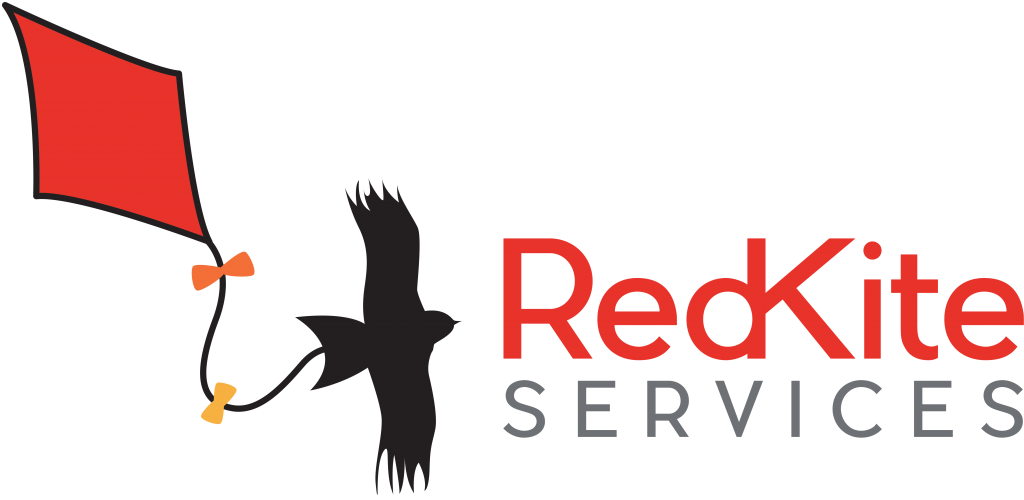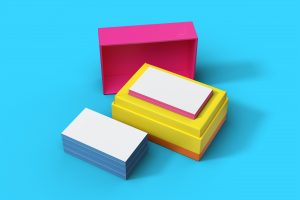What Should be on My Business Card?
I see a lot of business cards. I network, so I receive a lot and I offer a service that inputs info from business cards onto contact management systems. Some of them make me think “Wow,” some make me cringe, some make me search for my glasses.
Your business card is important. If you go networking it is the first impression you give. It needs to provide basic information and it needs to have something on it so people can remember you. Here is my guide to what you should include on your business card.
- The basics. You need:
Your Company Name
Your Name
What You Do.
Your website
Do not just put “Director” or “Consultant” or “Owner.” Unless the name of your company says what you do, it means nothing. I see a lot of this:
Joe Bloggs Consultancy
Joe Bloggs
Director
How does anyone know what you do – particularly 2 years down the line when I’m sorting through my business card file? Give your business a by-line so people know what you do; eg:
Joe Bloggs Consultancy
Computer Security Specialists
Joe Bloggs
Director
You do not have to include any qualification letters after your name, unless registration is a requirement of the job, for instance for Accountants and Financial Advisers. You should always include your website, because most people will check you out online before they would consider approaching you to be a client.
2. How to contact you
You should include as a minimum: a telephone number and an email address. At one time it was always recommended to have both a landline and a mobile number, a landline giving you more authenticity. However as many freelancers now do most of their work on a mobile device this is no longer the case. If you do have an office base, include your postal address.
3. Social Media
If you use social media you should include your address(es) on your business card as it is a good way to pick up followers. Make it as easy as possible for people to find you, so don’t just put all the icons on your card. If you use LinkedIn, give that address, if you’re mainly on twitter provide your twitter name and state your Face book page etc.
4. Proof Read it
Before you go to print make sure you, or someone else, proof-reads your business card – getting a phone number or email address wrong can be a costly mistake. And it can be embarrassing if you produce your new cards with a flourish at a networking meeting, only for someone to point out that you’ve spelled “professional” wrong! Check out my proof-reading service here.
5. Design
Yes, you want something memorable, but the recipients of your cards need to be able to read it. I frequently see text in a font that is hard to read, or that is too small, or where the colour doesn’t contrast against the background. Keep the design simple and don’t be scared of white spaces. It really is worth getting your card designed by a graphic designer as part of your branding process. What they design should give a feeling for the business sector you are in and you as a person. This lovely business card is what prompted me to write this blog – it tells us all we need to know, is part of her brand and is memorable.
6. Size Does Matter
You may want your card to be a bit different and changing the size can work, but be careful – most people keep their business cards either in a card holder or in a card box – if your card is too big for the storage it is likely to be binned or just get lost. Cards that are smaller are fine – look at the one from Ellen Longhorn Design below, but make sure you don’t lose the information you need. Square business cards are popular at the moment and look great, as do traditional sized business cards with rounded corners.
7. Use Both Sides
It is well worth using both sides. It allows you to have the general stuff on one side and then be a bit more creative on the back, listing the services you offer – Ellen uses the back of her card not only to list her services but to showcase her work.
8. Print Quality
We all know that there are online printers who are as cheap as chips – but it tells both in the quality and the service. Have a chat to some local printers about what they can offer and get as good a quality as you can afford – it makes people take you more seriously. Some of them have offers for business cards, compliment slips and headed paper which might be a good deal. If you need recommendations just ask me!
If you have a drawer of business cards that you want sorting out, get in touch – I charge £20 per 50 cards to put them onto a spreadsheet or contact management system.
This blog was first written in 2014 and has since been updated. Faye no longer has this business, but it is such a stunning design that I’ve decided to keep it in place.






[…] To read more of this post click here […]